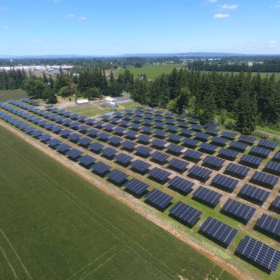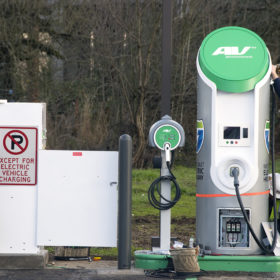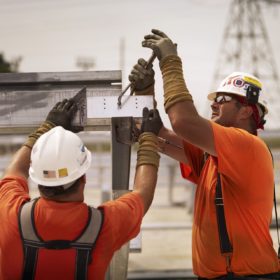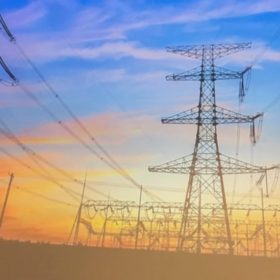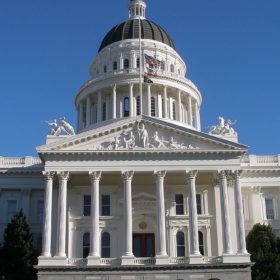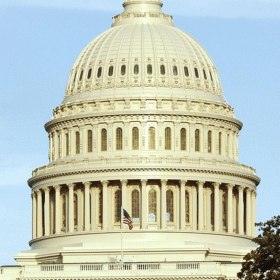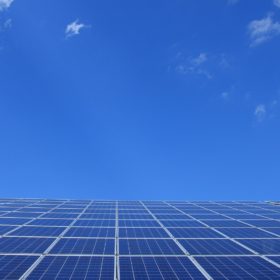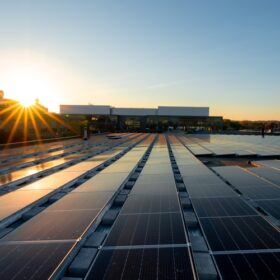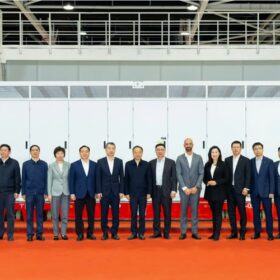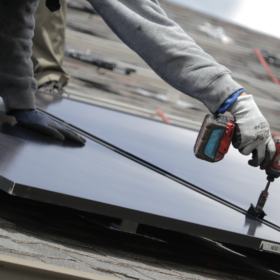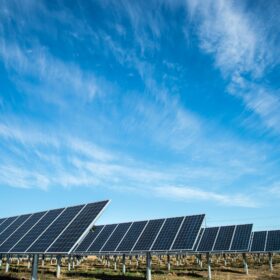DOE wants to power 5 million homes with community solar by 2025
the goal represents a 700% increase in installed community solar capacity and comes with the tandem goal of creating $1 billion in energy bill savings.
Scaling up distributed solar and storage could save ratepayers $109b by 2030
A report found that the U.S. must deploy a minimum of 103 GW of distributed solar and 137 GW of distributed energy storage by 2030 to achieve climate and equity goals at the lowest cost.
Midwestern states agree to co-develop an EV charging network
Governors of five states agreed to increase access to electric vehicle charging infrastructure in the Midwest.
Why the U.S. would gain from a domestic renewable energy supply chain
An analysis says the next decade presents the best opportunity to onshore supply chains, creating thousands of U.S. jobs, pursuing environmental and human well-being goals, and improving national resilience.
Interconnecting solar to the grid: An aggressively opaque process
If we’re honest about our current power grid development reality, we will accept that it is renewables that have been footing the bill for upgrades to the power grid.
California legislators show support for community solar proposal
Dubbed the “Net Value Billing Tariff,” the program would be targeted at low-income and disadvantaged customers, who would be compensated based on the value of a project’s generation at the time it’s provided to the grid.
SEIA warns of a solar industry ‘death blow’ as Commerce weighs tariffs
Swinerton’s George Hershman warned, “This is absolutely the biggest risk and issue for our company and the industry.”
House bill would channel $3.5 billion to domestic solar manufacturing
The act would boost investment in U.S. solar manufacturing.
Oregon regulators ease community solar guidelines
Community solar development is set to accelerate as the program full capacity allotment is now available. Low-income customers have had their discount doubled.
Sunrise brief: Solar manufacturer expands to the U.S.
Also on the rise: Texas is urged once again to winterize its energy infrastructure, and work starts on an 80 MW BTM solar array.
